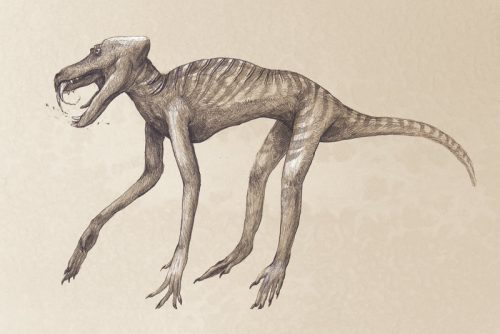I think I first heard about Peter Boghossian years ago when that “street epistemology” fad swept over atheism, and I thought that sounded like a good idea — being able to communicate about key concepts in atheism and skepticism in a casual, informal way? Sign me up. Then I witnessed some of it at meetings and on YouTube and was quickly de-impressed. It mainly seemed to be a game of leading questions calculated to trap uninformed people into contradictions, not into thinking, and to leverage their discomfort into considering alternatives. Proponents hate me when I say it, but Ray Comfort figured this out before they did, and he’s not exactly a brilliant philosopher.
My disenchantment only grew as I learned more about this Boghossian fellow. He’s an obnoxious ass! Are you telling me he’s a master of the gentle art of persuasion? If so, he doesn’t practice what he preaches.
Now he’s come out with this book, How to Have Impossible Conversations: A Very Practical Guide, which is just nuts. What next? Trump writing a book on modern physics, Deepak Chopra writing about mathematical rigor, PZ Myers becoming an Instagram model, Uwe Boll producing a movie classic? Boghossian and his coauthor, James Lindsay, are temperamentally and intellectually incapable of writing a guide to handling challenging conversations. They’ve always relied on simply pandering to the biases of their right-wing friends.
I’m never going to buy their book and have no interest in reading it. Oliver Traldi has written a review…a charitable review, even, although it does reject their approach, and notes that a lot of it is rehashed pablum from the self-help genre.
All in all, How to Have Impossible Conversations was better than I expected. If you do as Boghossian and Lindsay say and not as they do, you’ll probably be more successful in persuading people during contentious conversations — as long as you have enough common sense to exclude the weird shit as well.
That “not as they do” is important. Boghossian and Lindsay are just the worst.
Traldi also brings up another criticism that I’d felt worming around in my guts in all my encounters with this “street epistemology” stuff, but he expresses it well for me.
If, as Boghossian and Lindsay seem to indicate, the readers’ own beliefs are as brittle as anyone else’s and rest on as shaky a foundation, why should they be in the business of trying to persuade anyone of anything? If we are really masters of doubting everything we believe, why would persuasion techniques be a rational thing to try to engage in? What would we be trying to persuade people of… stuff we ourselves don’t think is true? Who in the world would that help?
That’s a fundamental question. What, exactly, are we atheists trying to do? Answer that first, before you try to tell others how they’re supposed to be like you.






